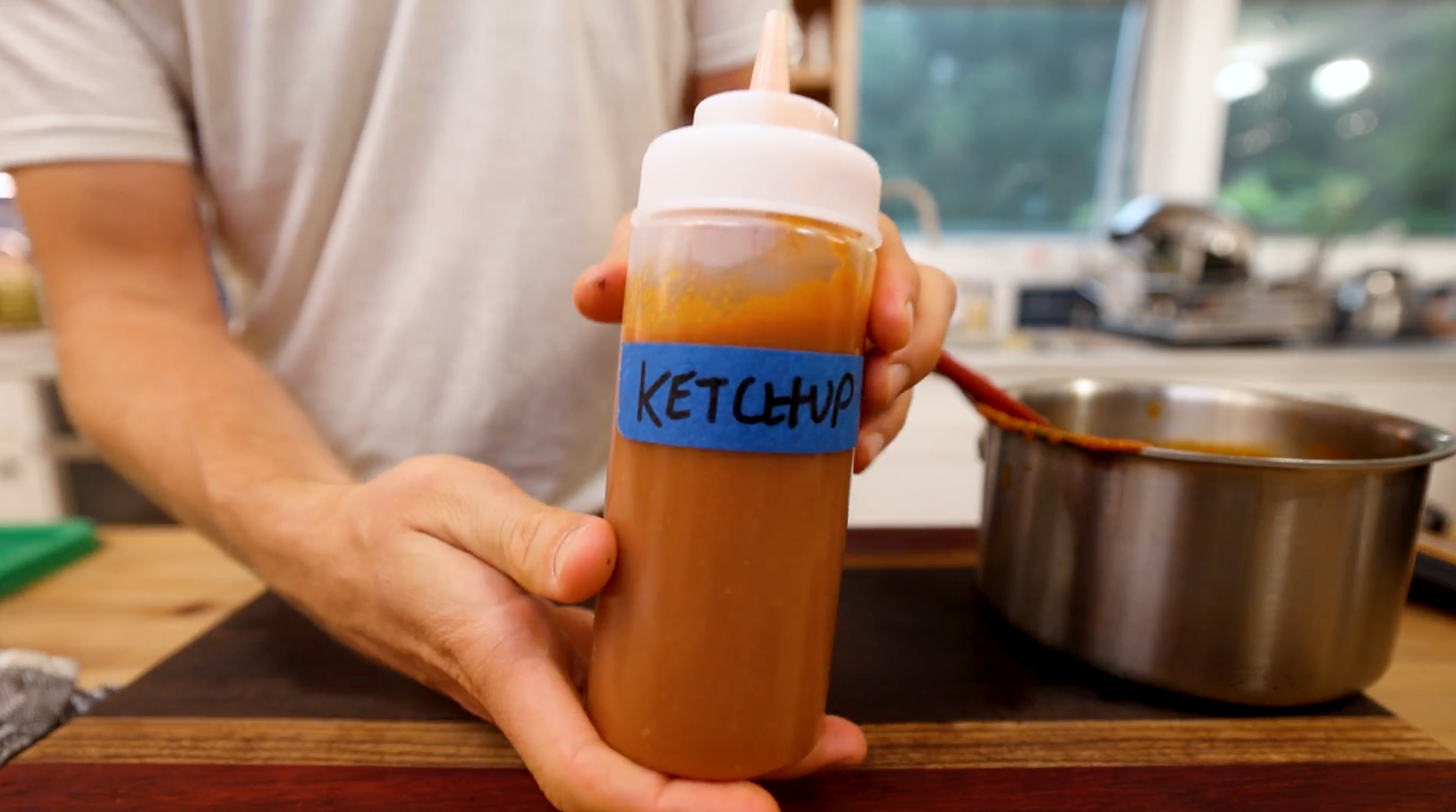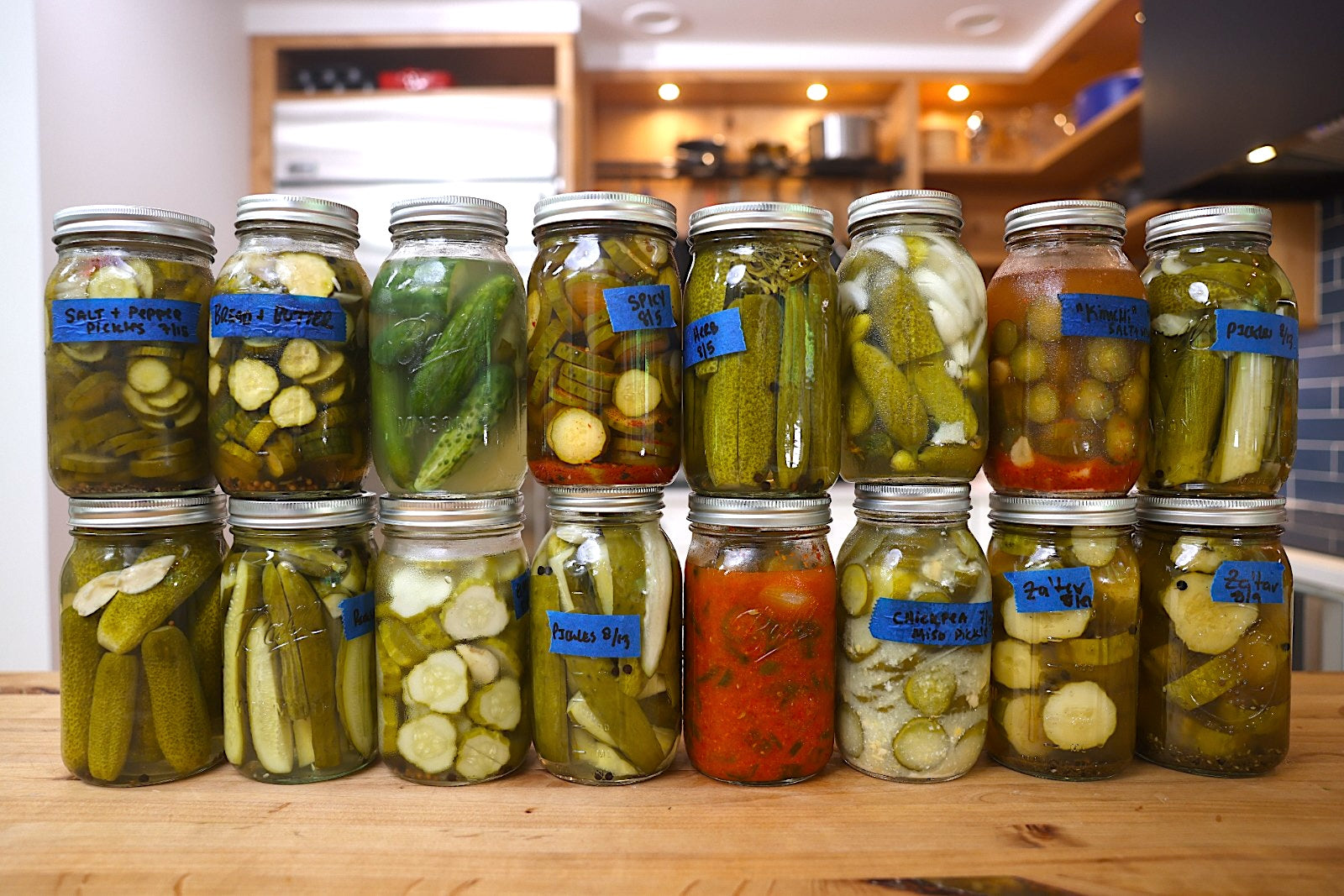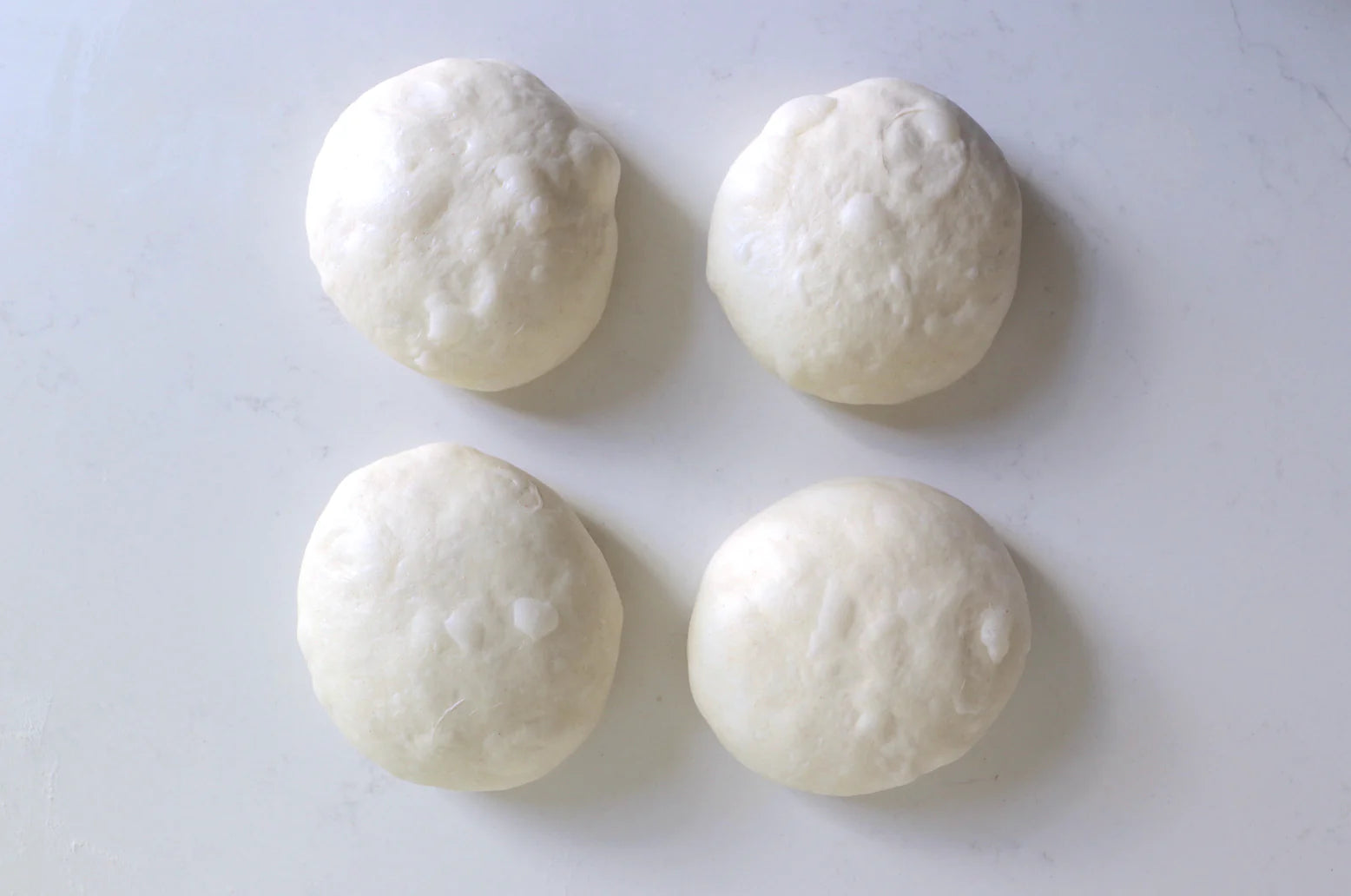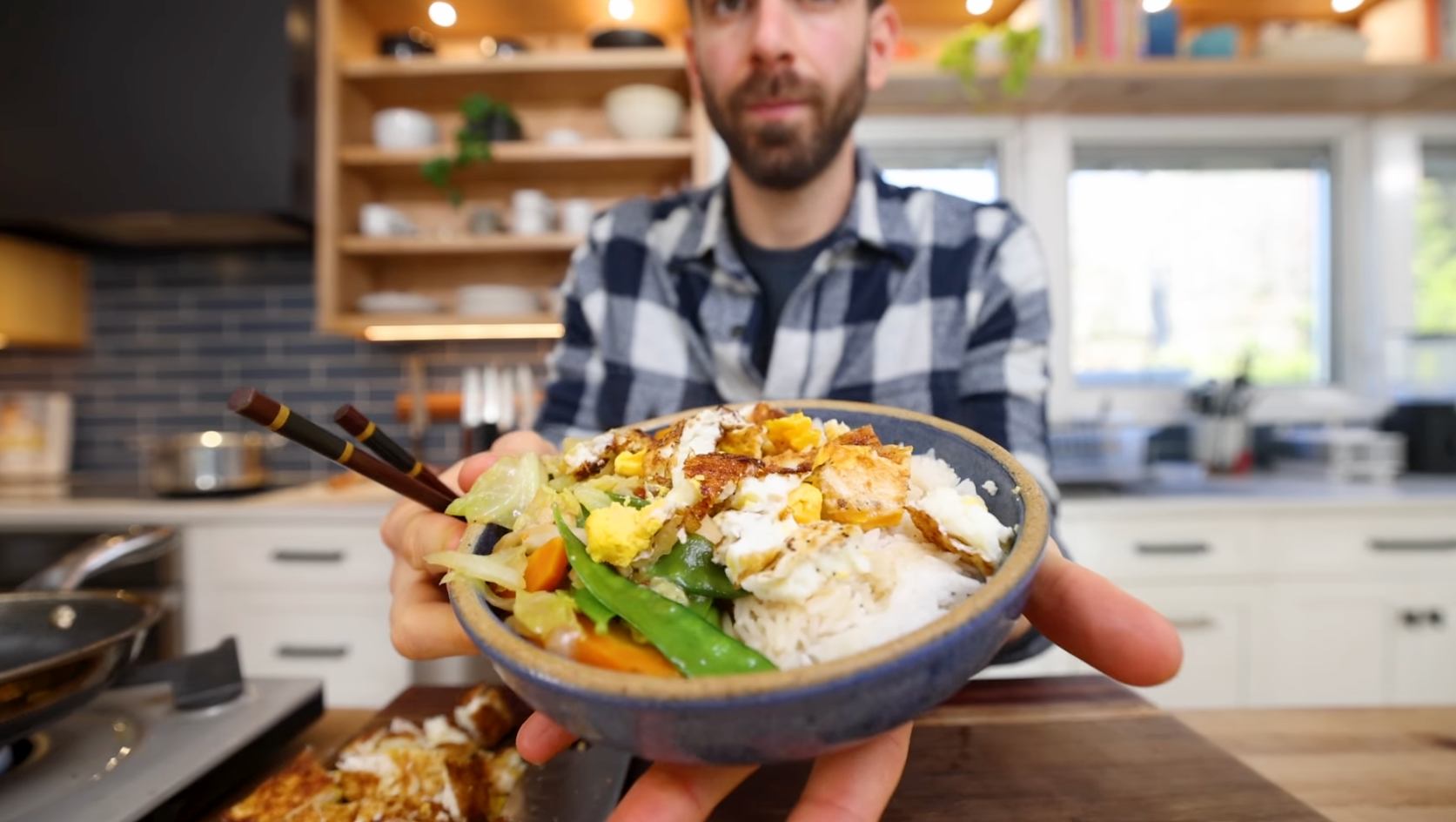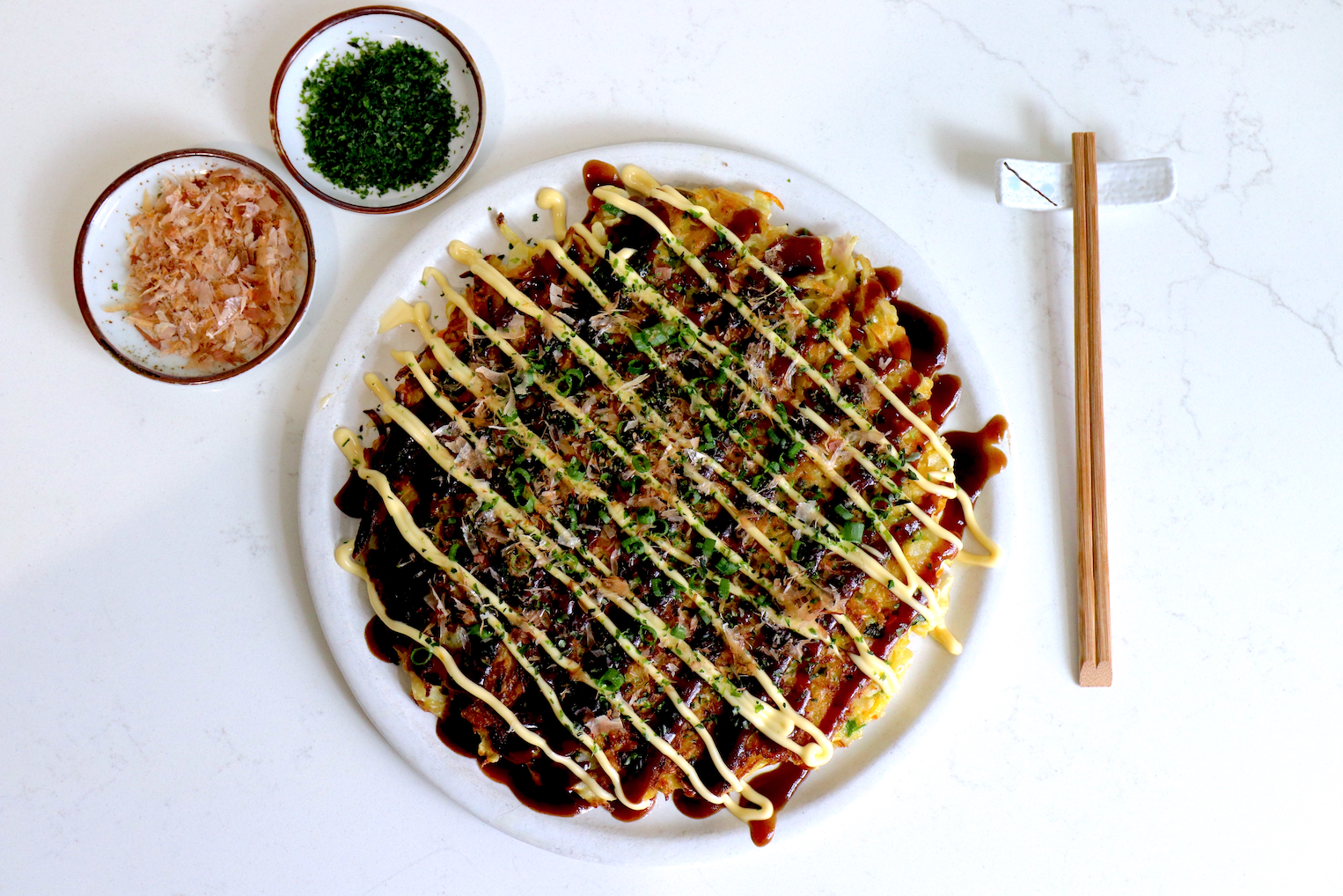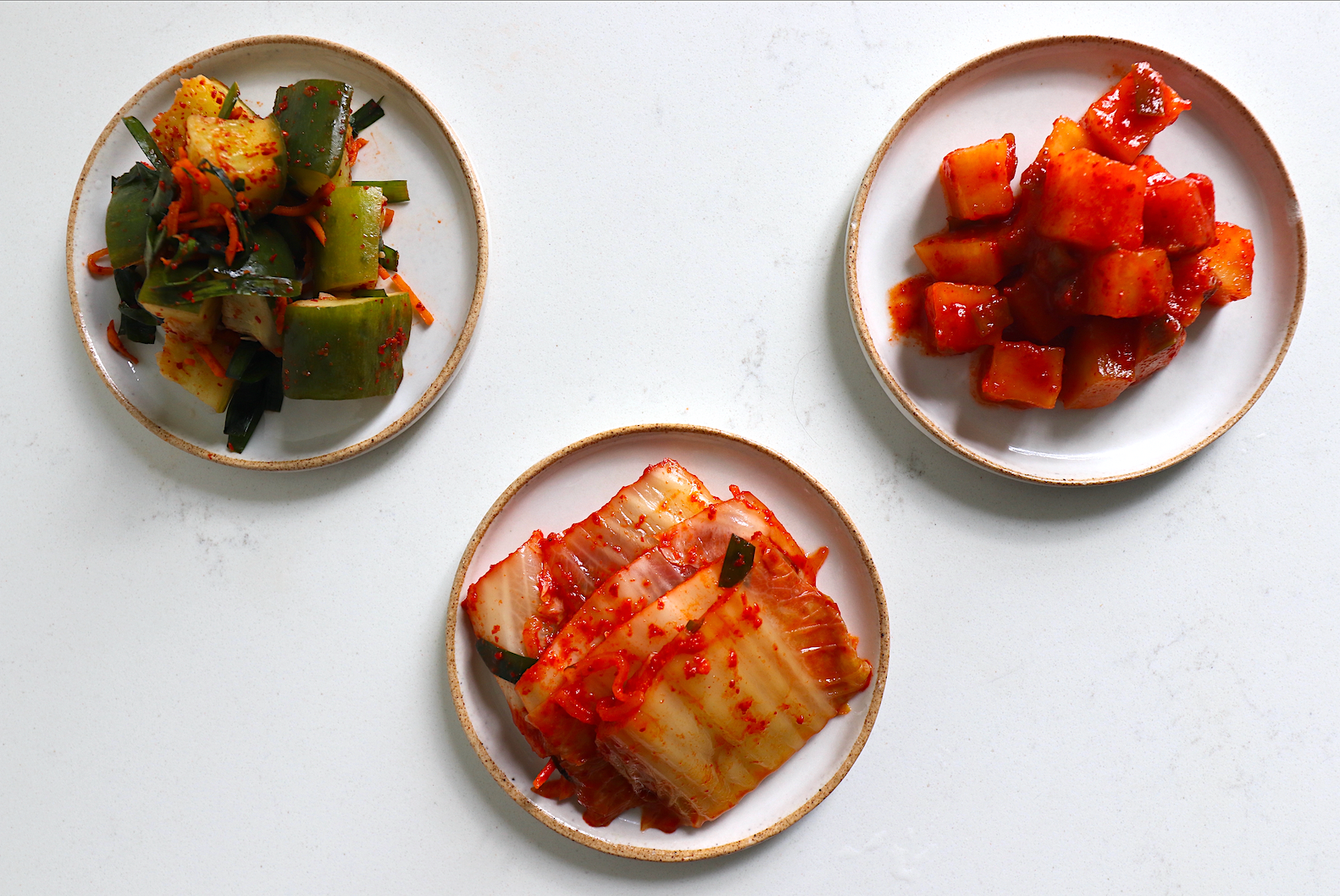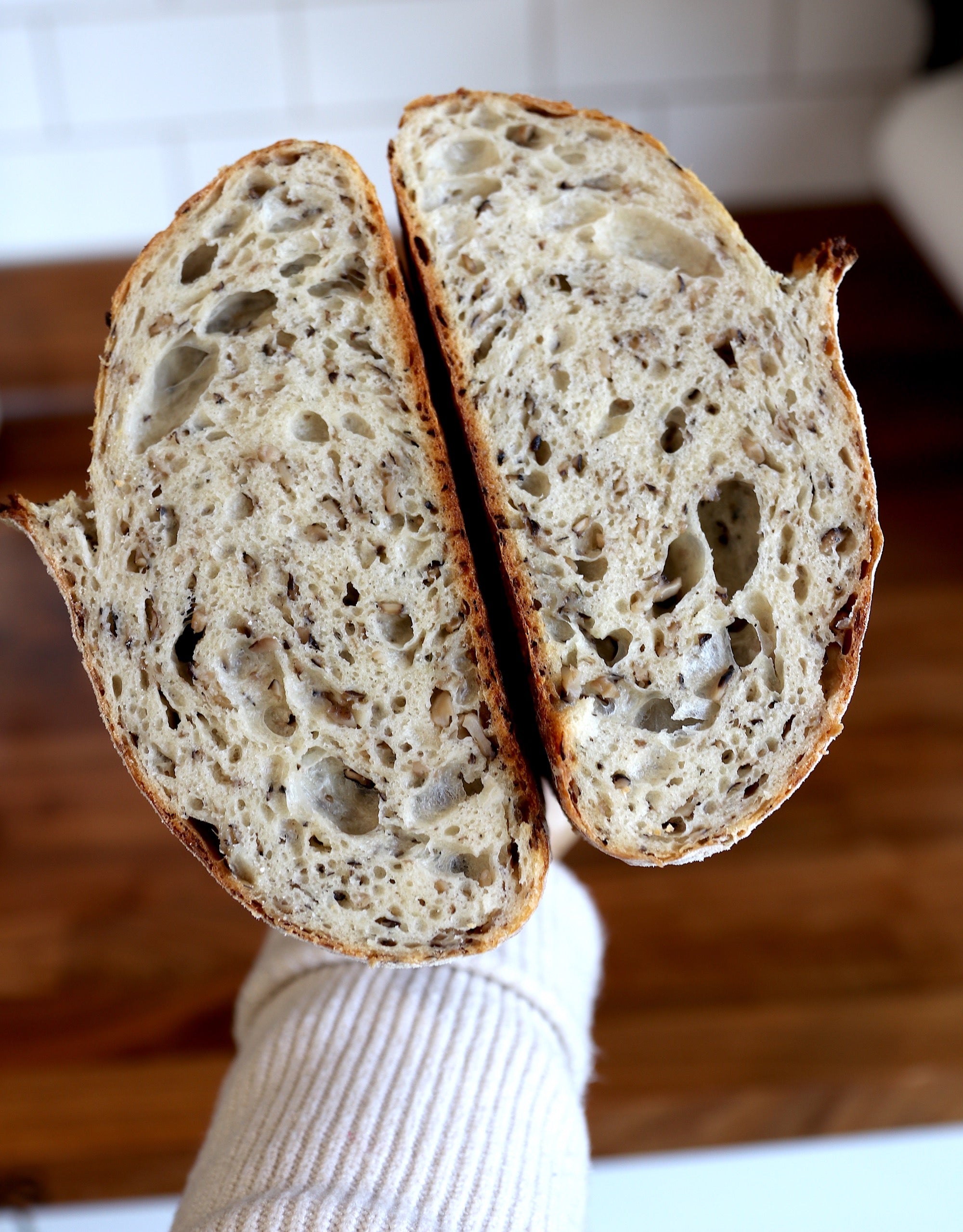
Extreme mushroom sourdough
By Alex Chung
Senior Food Writer at Pro Home Cooks
Hi everyone! It’s Alex here and I’m ready to talk sourdough with you.
Over the last couple of years of making sourdough, I have been experimenting with adding different ingredients into my sourdough. Delicious ingredients like kalamata olives, shiitake mushrooms, and toasted walnuts have been a couple of my favorite so far. However, there was a learning curve to figuring out how many mix-ins I can add without overwhelming the dough. Figuring out when is the right time to mix these ingredients into the dough without ripping apart the gluten structure and how it’ll affect the very precise levels of hydration.
I’ll be honest with you, my first couple of hybrid loaves were looking rough. They were dense and dry yet wet and gummy. Weird combo, I know. But after many many loaves, trial and errors, research and practice, I have come up with a couple of tips that might help you as you go further down your sourdough journey! For this blog post, I will be discussing one out of three of the mix in categories. The three categories are wet, dry, & rehydrated but for this post I am going to be talking about “wet” mix-ins. Think ingredients like mushrooms, olive, gochujang, cheese, etc. Ingredients that have a higher possibility of adding moisture and inevitably changing the texture of your sourdough. One might argue that wet mix-ins are the hardest out of the three to get right due to their elevated hydration levels but I think that’s what makes them fun! So, let’s get into it.
The Ultimate Sourdough Keys

Hydration:
Hydration is the number one thing you want to watch out for when adding in wet mix-ins. The key is to treat the mix-ins well enough that they become one with the sourdough. Whether it be olives, ricotta, bacon, etc, you want to be able to pull out as much moisture as possible. Dry your mix-ins so that the only thing it lends the sourdough is its’ flavor.
Possible “Drying” Techniques Include:
- Chop up and pat drying with a paper towel (ex:olives)
- Squeeze/push out excess moisture (ex:ricotta)
- Cooking out/rendering the moisture or fat out (ex:bacon/mushrooms/veggies)
- Lowering the hydration levels of your sourdough recipe * (ex:gochujang)
*I like to lower my sourdough recipe from a 75% hydration to a 65-70% hydration.*

Salt:
Not only does salt affect the way your sourdough taste, it will also affect the glutens structure. This is why you will add your mix-ins after the final dough is made but before you begin your stretch & folds. Next, the most important salt question you must always ask yourself is…
How salty is my mix-in?
-
If you’re adding in salty cheeses like feta or really flavorful ingredients like olive or bacon, lay off the salt. You’ll be fine without it.
-
If you’re adding in things like fresh veggies like red peppers or mushrooms or add-ins that have low to no salt then give it a sprinkle of salt just to season.

Amounts:
Now, the last big question you need to ask yourself here is how many delicious add-ins should I be putting in my sourdough?
Well, honestly do as many as you want but the good rule of thumb is to only do 20-25%. Anything more or less is not going to be fun. For a loaf that is 500 grams of flour, you will times that by .20 or .25 and get 100 – 125 grams. Meaning you will only put in 100 – 125 gram of mix-ins. However, if you wanted to do 50 grams of olives, 50 grams of feta, and 25 grams of rosemary that would be great! But notice how the total doesn’t go above 125 grams? Great, you get it!
Extreme Mushroom Sourdough

For my extreme mushroom sourdough, I blitzed the shiitake mushrooms until they were super fine and dumped them into a pan with garlic, thyme, and salted butter. I cooked them on medium low until the mushroom released almost all of their water. The mushrooms reduced down from 4 cups to less than 1 cup (about 125 grams).They were super flavorful and for the most part, pretty dry. They were cooled off and then added straight into the dough before I began my first fold.

Ingredients:
Shiitake Mushroom Mix:
- 4 cups or 400 grams of shiitake mushroom
- 4 cloves or 12 grams of garlic
- 1 teaspoon or 3 grams of thyme
- 4 tablespoons or 56 grams of salted butter
Sourdough:
- 500 grams of bread flour
- 350 grams of water (70%)
- 10 grams of salt (2%)
- 75 grams of active sourdough starter
Instructions:
Shiitake Mushroom Mix
- Start by brushing off any dirt off your shiitake mushroom then remove the woody stem. Toss or use in another recipe.
- In a food processor, add in all of the mushroom caps, garlic, and thyme. Pulse until you have a mixture resembling panko breadcrumbs.
- Next, grab a non-stick pan and add the mushrooms mix along with the butter. Set the heat to medium and slowly cook down the mushroom. Stirring occasionally. (This process should take about 10 minutes).
- Once the mushrooms have reduced down by about 75 – 80% (a little less than 1 cup or weighing about 100 – 125 grams). Remove from the heat and let cool.
Sourdough Recipe
- Time to make the dough! In a large bowl, add in the bread flour, water, salt, and active starter. Mix until you have a shaggy dough. It will have dry spots, dont worry about it.
- Once the mushrooms have cooled, add those in and continue mixing until you have a more cohesive dough. It will still look shaggy and messy but there should be no dry spot.
- Let rest for 30 minutes. Give it a stretch and fold. Repeat this step three more times for a total of 4 stretch and folds over the course of 2 hours.
- Then let the dough sit in a warm spot for 2 hours. Transfer the dough to the fridge to bulk ferment overnight.
- The next morning, gently take the dough out onto a very lightly floured work surface and shape into a ball. Lightly flour it and place it inside a well floured banneton. Seam side up.
- Leave the dough covered and in a warm sunny spot. You want the dough to come down to room temperature (approx 2 – 4 hours). In the meantime, preheat the oven and dutch oven to 500 degrees.
- Once the 2 – 4 hours are up, flip the sourdough out of the banneton and onto a parchment paper. Score it and place it inside the extremely hot dutch oven. Be careful not to burn yourself.
- Bake for 20 minutes at 500 then lower the temp to 475 for another 20 minutes. Take the finished sourdough out and let cool for atleast 30 minutes before cutting it!

More Useful Tips:
Because there is butter in the sourdough it is very important that you let the dough come back to room temperature. Although I say 2 – 4 hours, the dough and temperature of your house will say otherwise. Gently poke the dough, it should bounce back but leave a small indent. That is a good indicator of how you know the dough is ready to be baked.
If you use oil instead of butter, you can get away with bulk fermenting in the fridge and not having to wait until the dough comes back to room temp because the oil won’t solidify in the fridge. However, butter is gold to me and it pairs perfectly with mushrooms. Plus, I don’t mind the wait so for me, butter it is.
Please note that you must have an active sourdough starter to do this recipe. Otherwise, I would suggest adding in 1 pack of instant yeast. It wont be a sourdough loaf but it will still be a great mushroom loaf!
* This is only one of the blog posts about mixing in ingredients to your sourdough, I will be covering dry and reconstituted mix-ins in the coming blog posts! *
@threehungrybellies on Instagram
If you have questions about adding mix-ins to your sourdough, email me here: alex@prohomecooks.com


